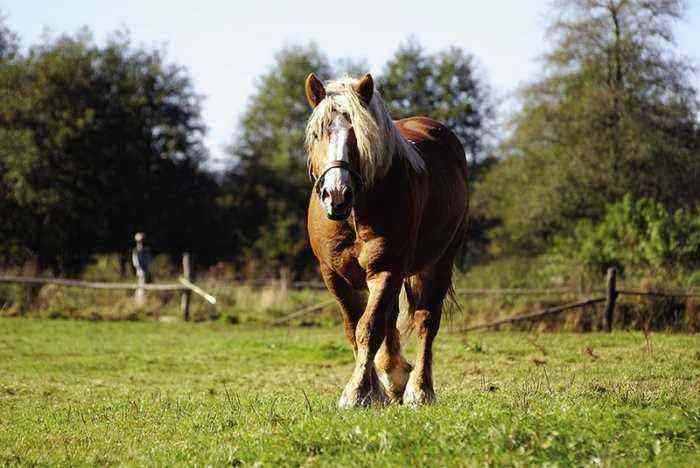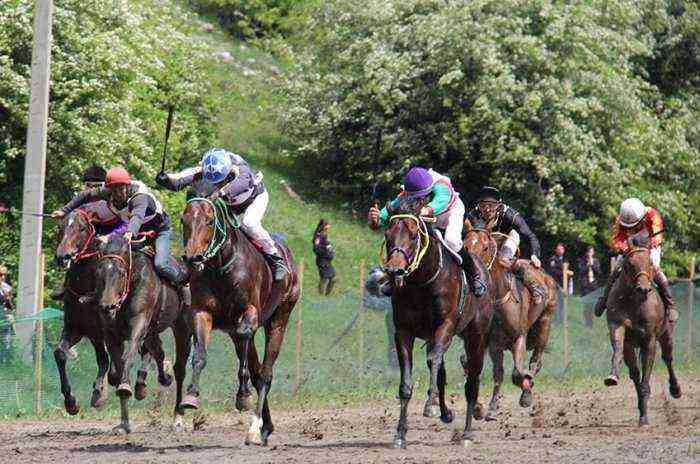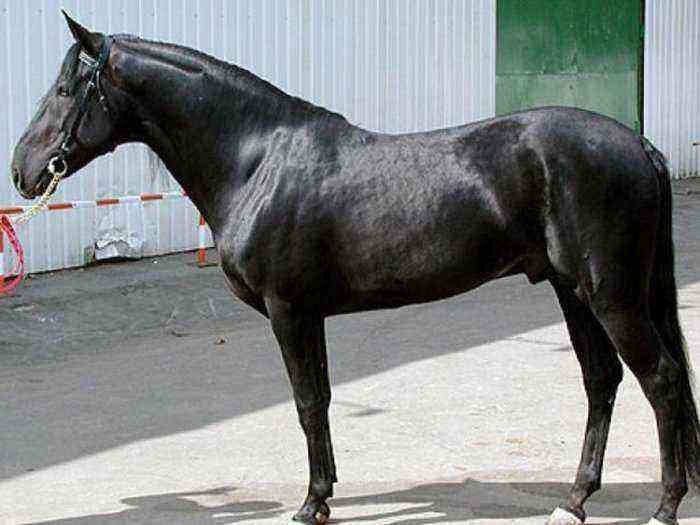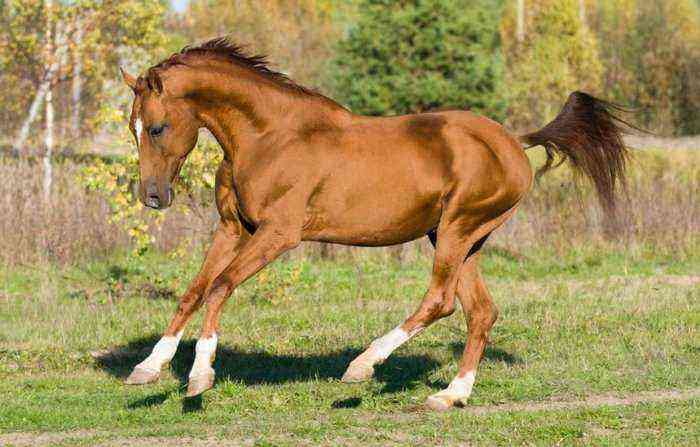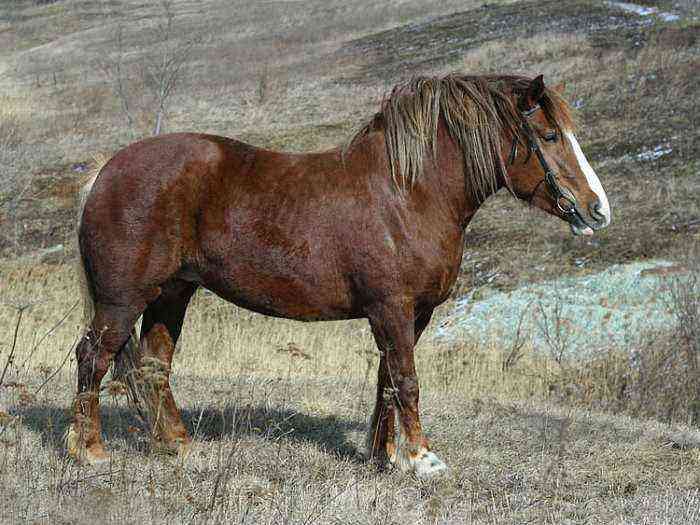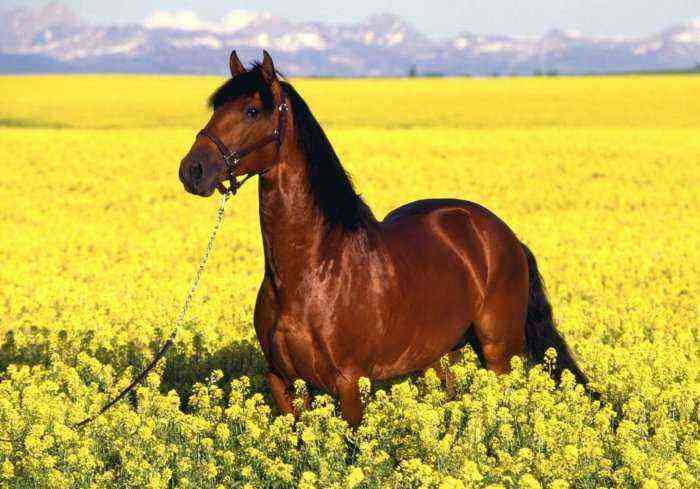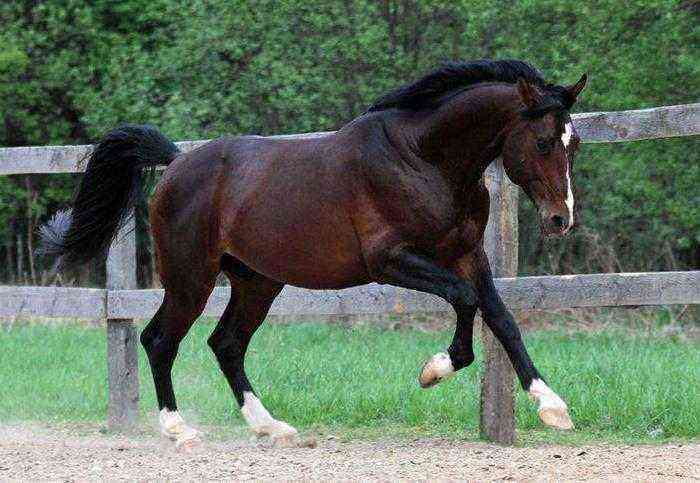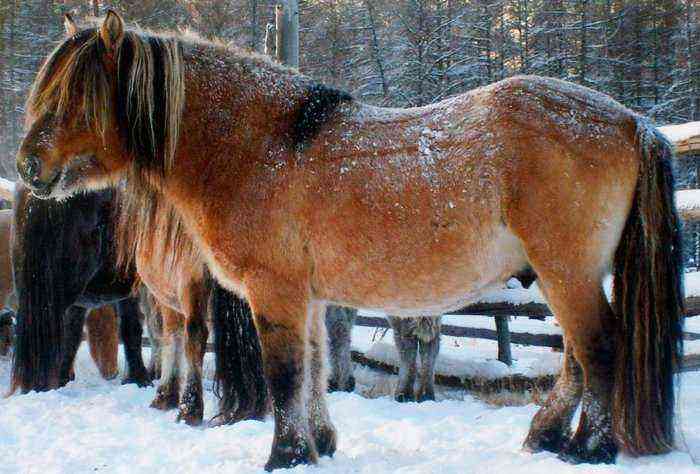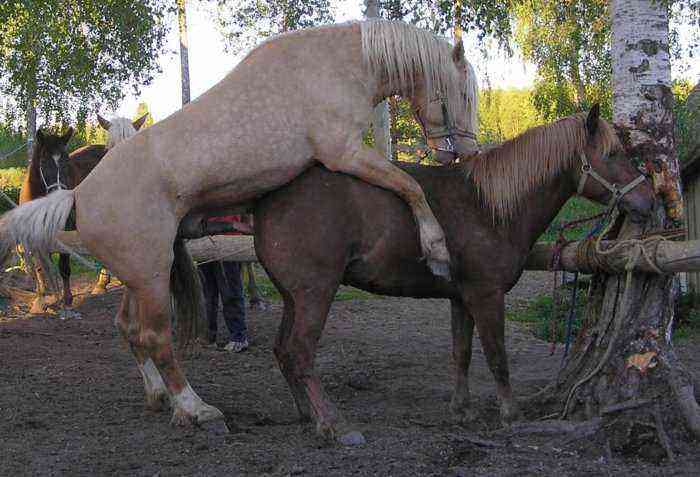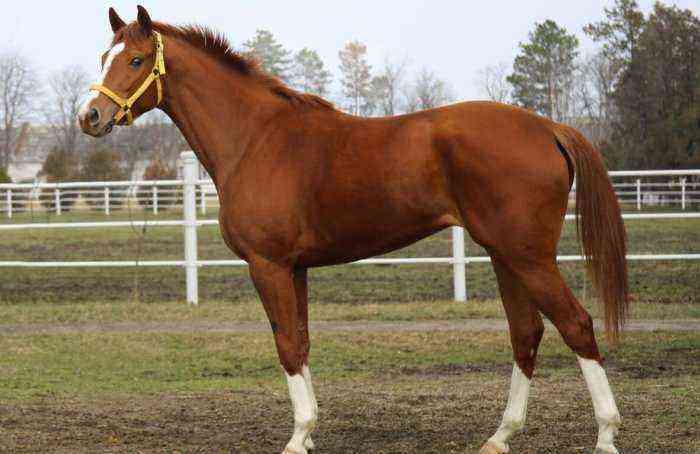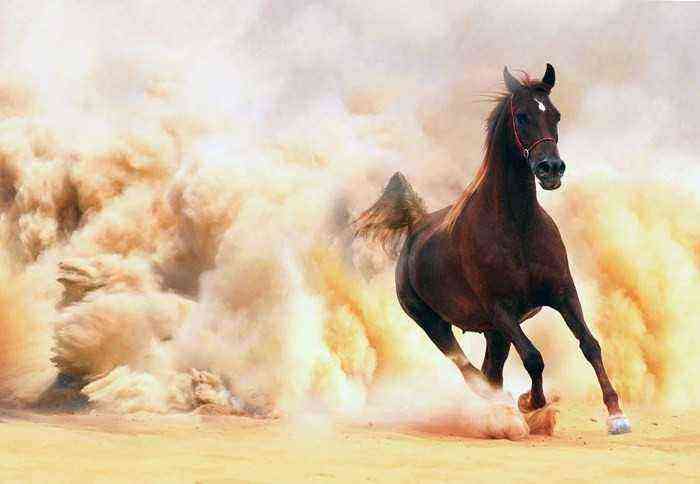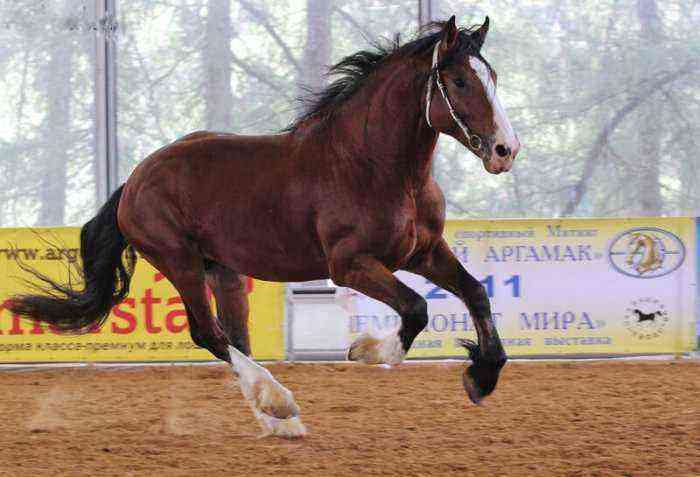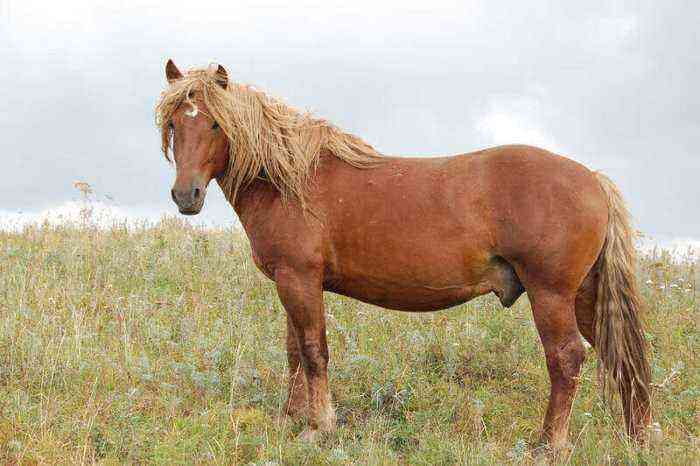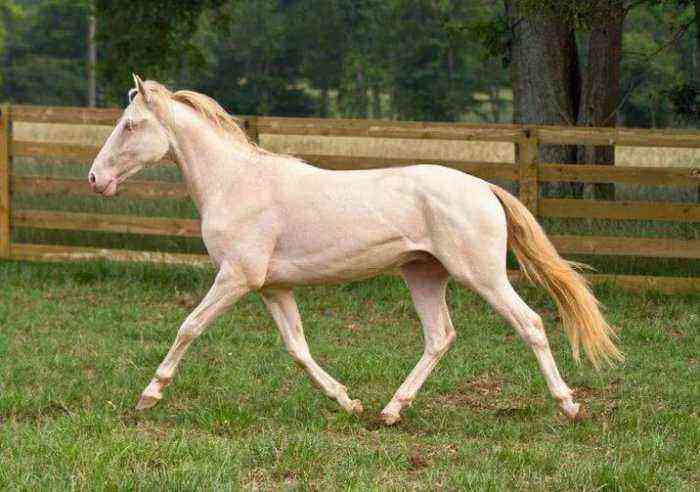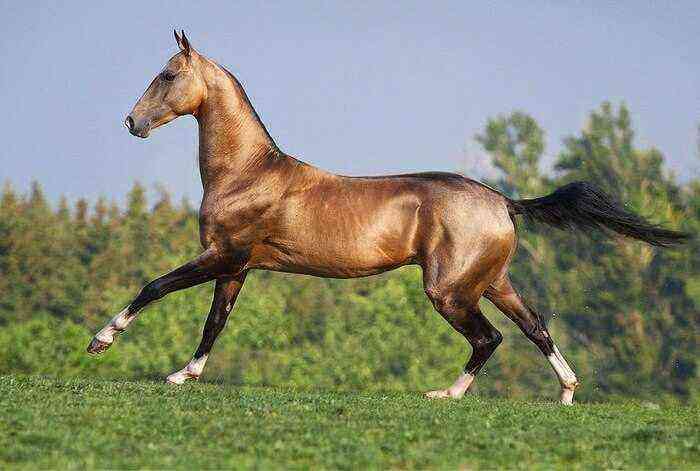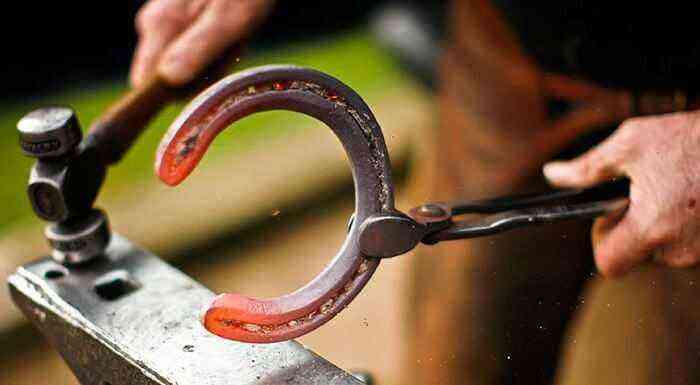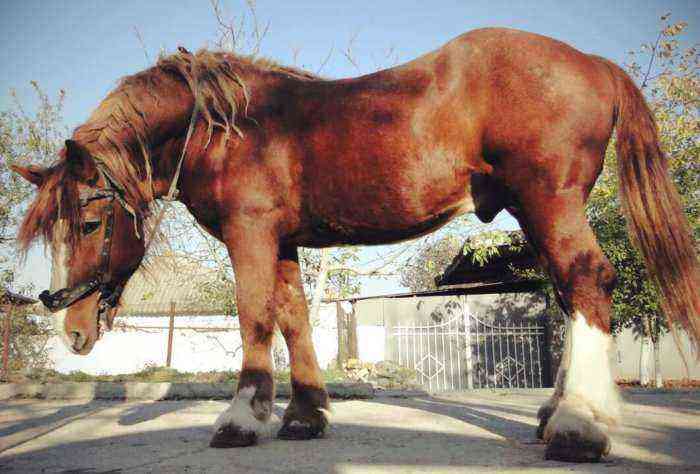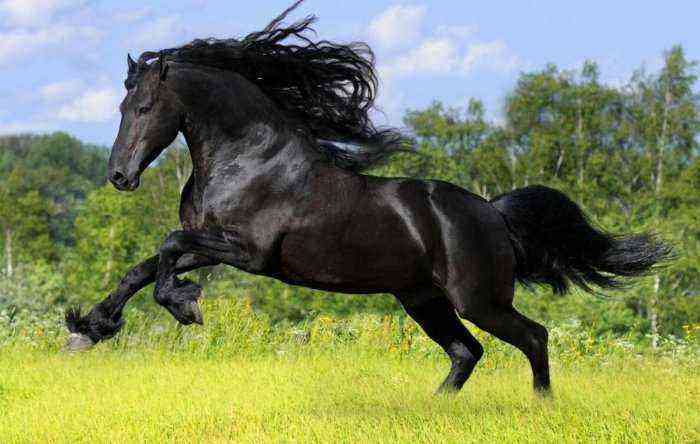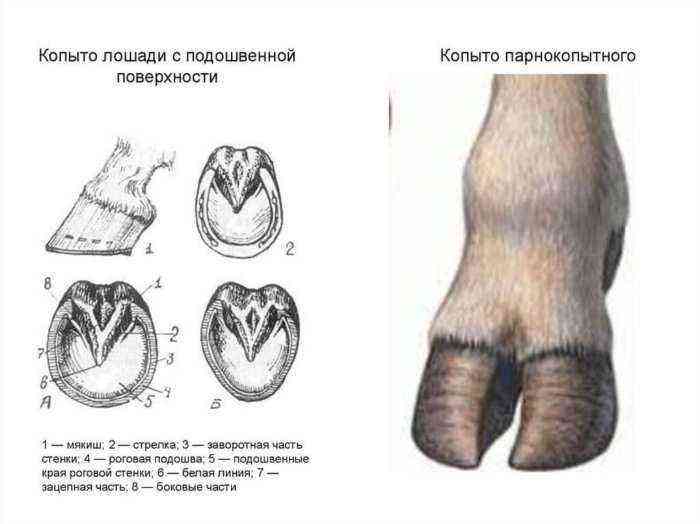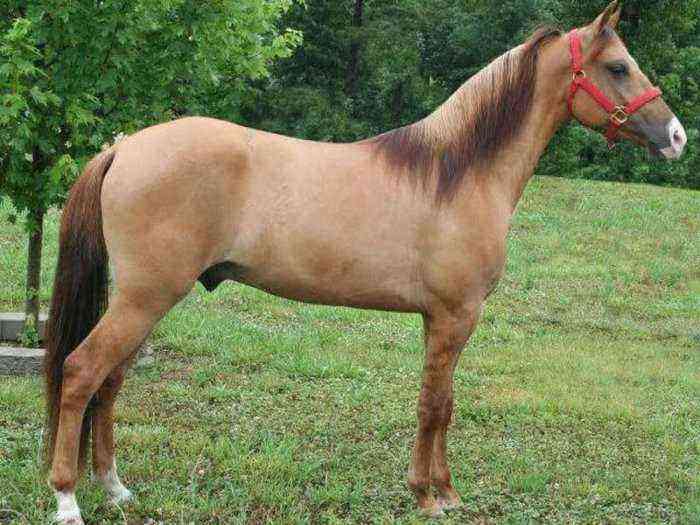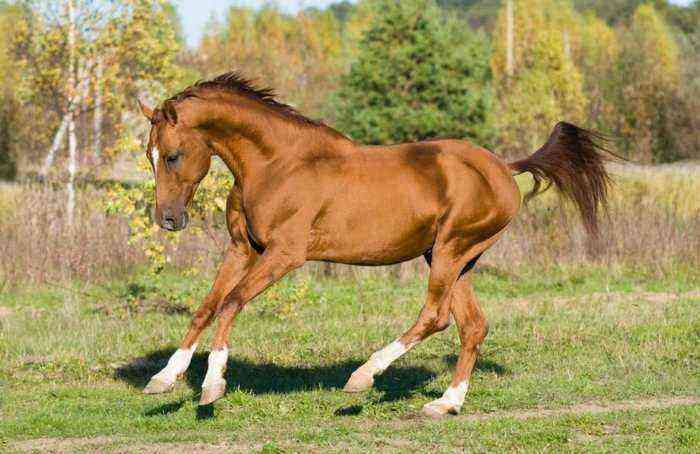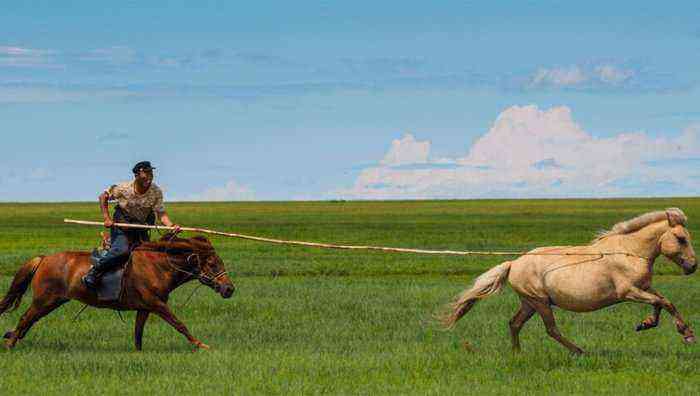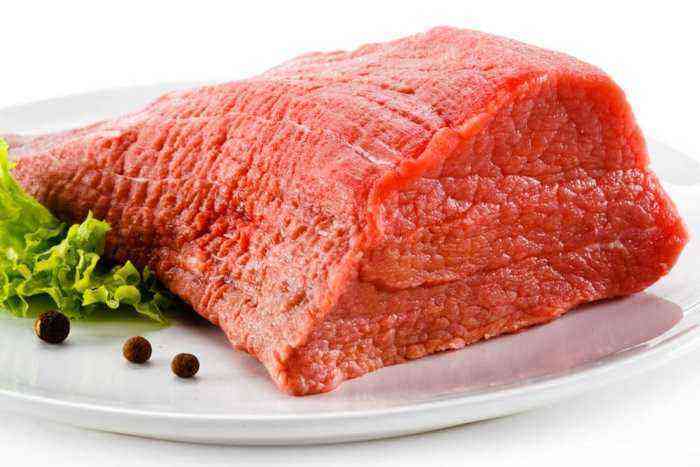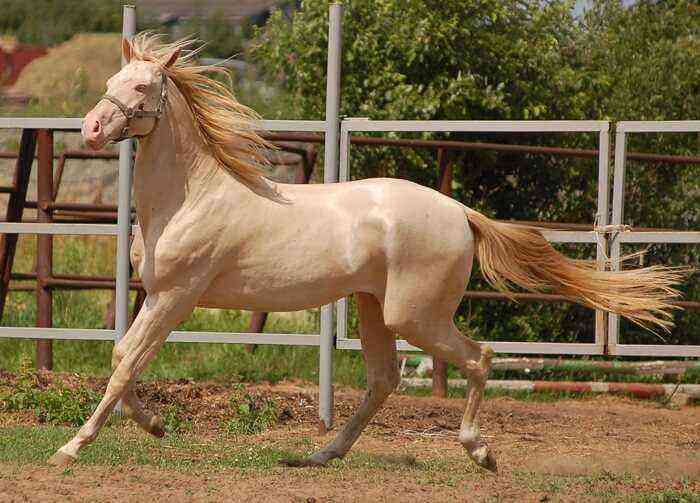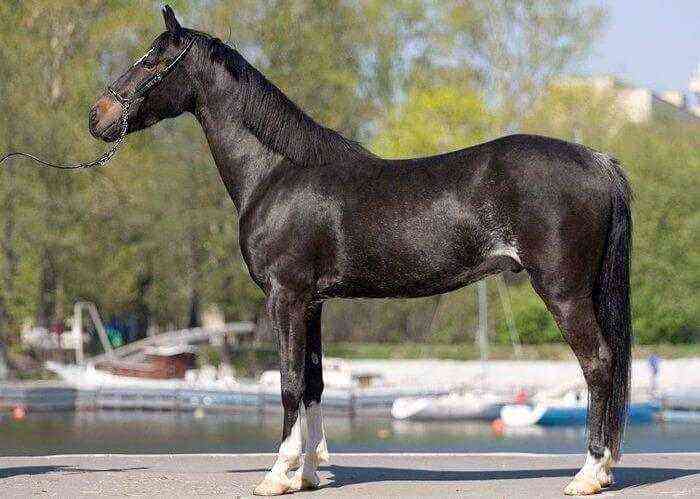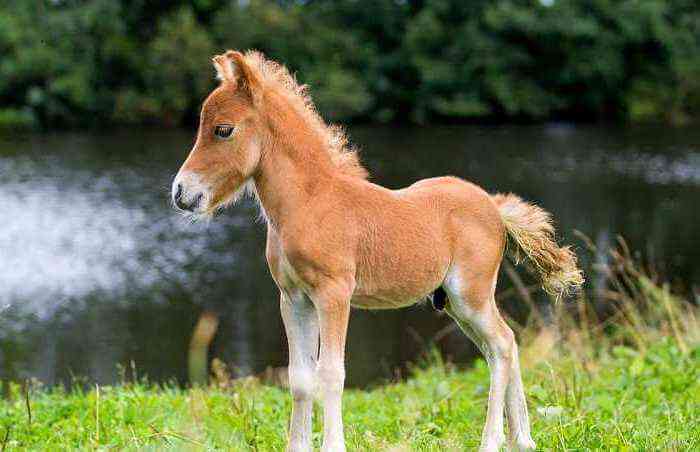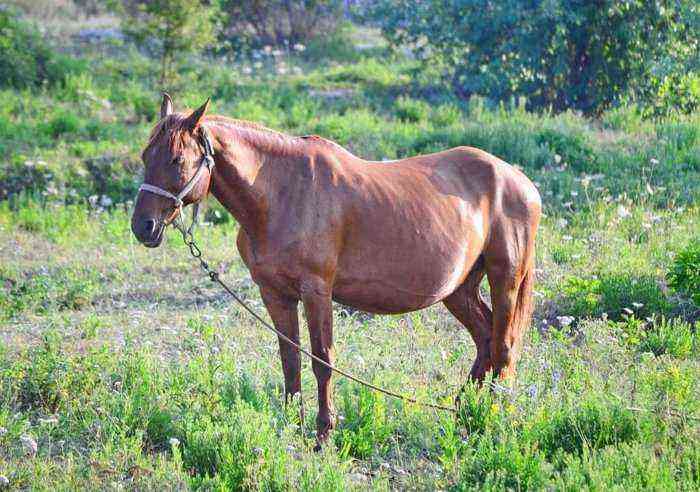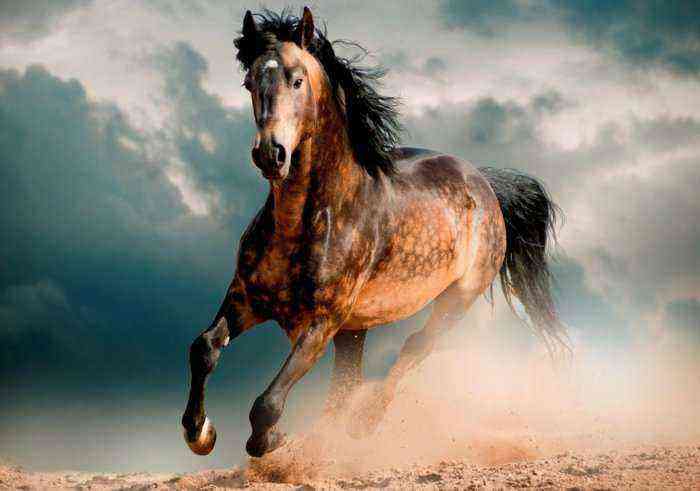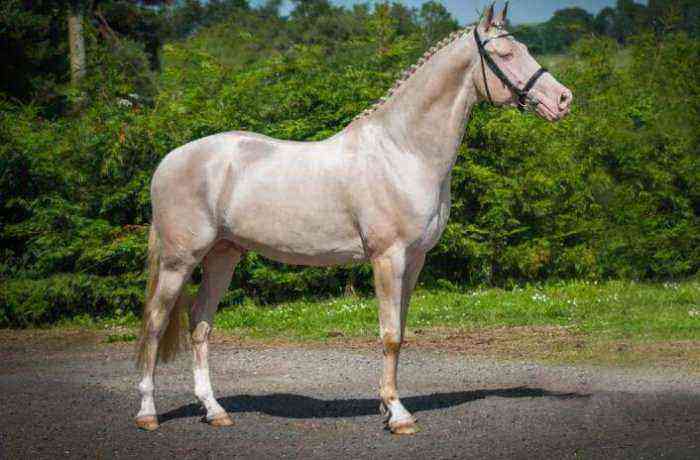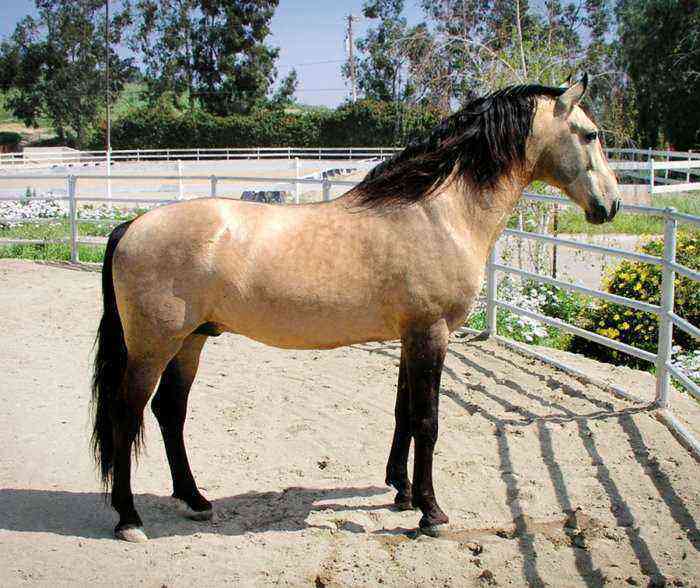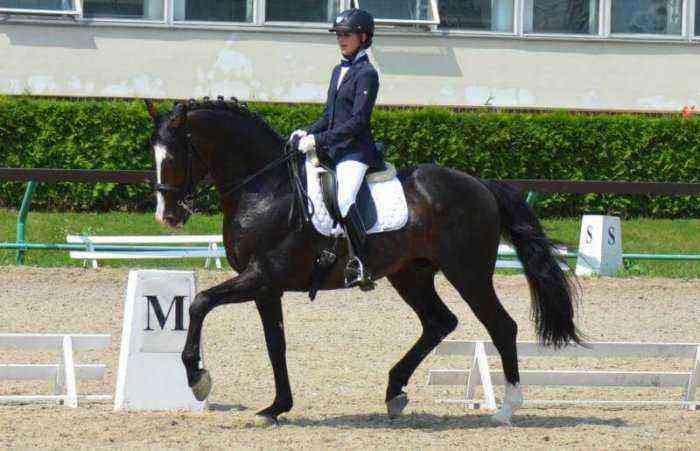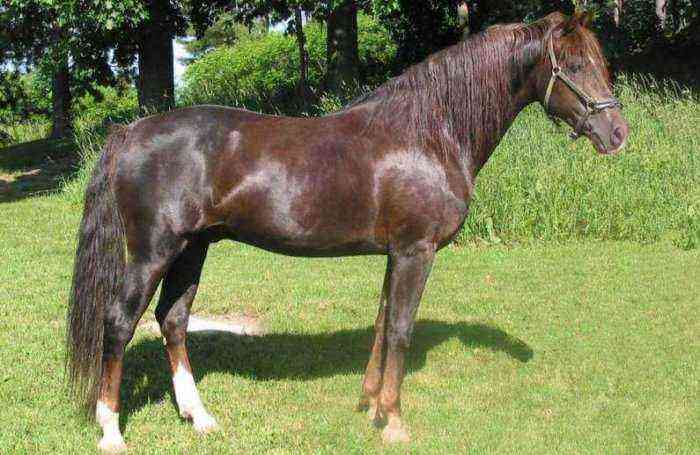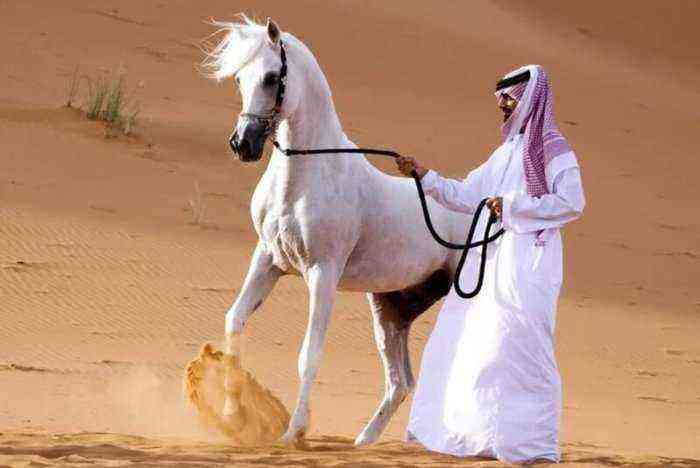During the movement of the horse, a serious load is carried out on its hooves. In addition, it also happens that the animal has to move a lot on asphalt and other hard surfaces. As a result, the hoof horn can be deformed, which brings the animal considerable discomfort and leads to various diseases. Regular inspection and cleaning of the horse’s hooves will help to avoid this outcome.
Clearing horse hooves
The need for hoof care
Damage to the horse’s hooves, if not promptly addressed, can lead to the most unfortunate consequences. Deformation of the hoof horn provokes its incorrect contact with the soil, which causes severe pain in the animal. Also, dirt can accumulate in the formed cracks, which contributes to the development of bacteria and the manifestation of various diseases. Therefore, the hooves of the animal require special care.
This care includes the following:
- regular daily cleaning of the hoof from dirt and manure, followed by washing with water and wiping dry;
- clearing the dead horn with tongs;
- high-quality hoof forging for those horses that are often used to work on asphalt and other hard surfaces.
It should also be borne in mind that in the stable it is better to use an earthen or peat floor. Wooden or concrete coatings look much more reliable, but they also negatively affect the horny tissue. As a result, over time, the hoof loses its strength, elasticity, and cracks appear on it.
What does a healthy hoof look like?
The main indicator that hoof care is carried out correctly is its healthy appearance. A healthy hoof implies the following features:
healthy hoof
- high hardness with a certain level of elasticity, which creates cushioning during movement;
- solid hoof horn without cracks and dents;
- lack of rings on the hoof;
- the presence of glaze, it covers the entire wall of the hoof horn;
- concave sole, on which a white line is clearly drawn;
- the arrow is clearly expressed and has no asymmetry and traces of deformation.
Reference. Also, on a healthy hoof there are no traces of rot and the smell corresponding to this phenomenon.
When should a horse’s hooves be trimmed?
As a preventive procedure, the hoof is cleaned from the dead horn of the sole once every 1,5 months. But if necessary, it is carried out unscheduled. The second case is implemented in the presence of one of the following conditions:
- the inversion corners of the walls are too inclined towards the sole, actually covering it;
- the length of the front wall is more than 10 cm;
- the walls of the hoof rise above the outer perimeter of the plantar part by more than 3 mm;
- the heel part is excessively long or goes too far under the general plane of the hoof;
- cracks appear on the usually smooth surface of the horn ball;
- during the step of the animal, there is no tight contact of the arrow with the ground;
- the size of the white line exceeds 0,5 cm;
- the deepening of the sole relative to the walls is more than 1,9 cm;
- the depth of the grooves of the arrow is more than 2,5 cm.
Attention! Clearing is necessarily carried out during the first forging of the horse. The hooves are neatly trimmed and the excess layer of horn is removed for a tighter fit of the horseshoe.
Rules of the procedure
The procedure requires some experience. Therefore, in order not to harm the animal, it is better to entrust its implementation to a veterinarian. But if the owner of the horse decided to trim himself, a number of rules should be followed:
- Before starting the procedure, you should calm the horse and prepare the tool. In the work you will need a scraper, tongs and any natural oil with a brush.
- Before work, the hoof is soaked in warm water for 15 minutes.
- Start with the front legs. The limb is bent at the joint and placed on a small stand.
- With a scraper from the side of the arrow to the front, the dead tissue is gently scraped off.
- Large protrusions are cut off with tongs, giving the hoof the shape of a glass.
- After clearing, all treated areas are liberally lubricated with oil.
- Then they move on to the next hoof and repeat the procedure.
Important! When working with the hind limbs, they should be wrapped a little tightly with strands from the tail so that the animal cannot lower its leg. In general, during the procedure, the horse will behave calmly only if it is taught to do so from a very early age.
Proper hoof care will keep your animal healthy for a longer period of time. Lack of cleaning, trimming and conditioning of the hooves leads to lameness or even complete loss of mobility. But even in case of incorrect implementation of the procedure, it is also possible to harm the horse. Therefore, in the course of work, it is important to adhere to the basic rules for clearing.

